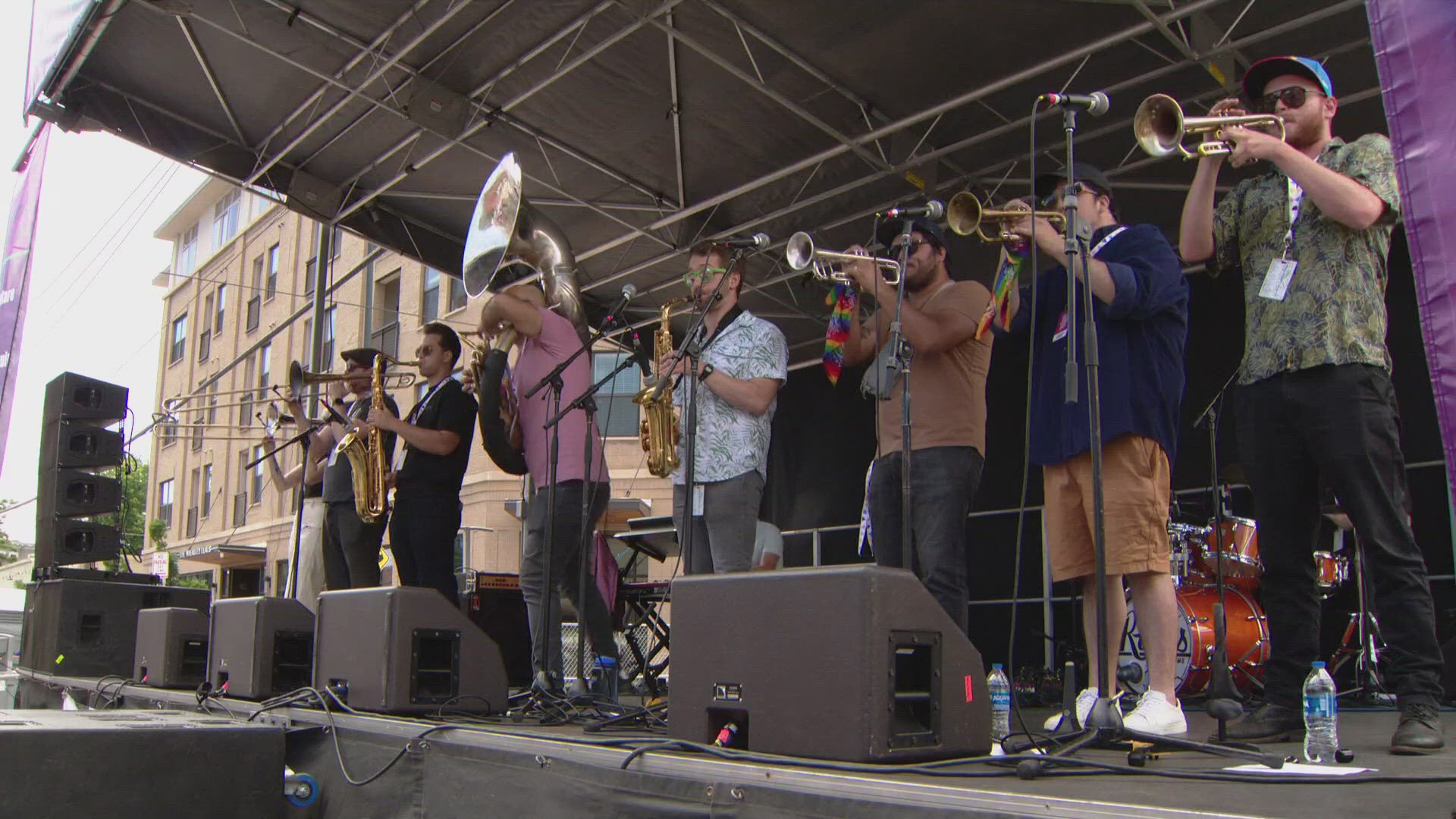In the mid-1920s Englewood fought to keep its identity.
A group of residents requested annexation into Denver, but loyal citizens desperately wanted to retain their city. By a narrow margin, they won.
That sense of devotion runs deep in this city: in its history, in its local businesses, and in its strong community.
Englewood is Denver's neighbor just to the south — a 6.63-square-mile, home-rule municipality. The city has several smaller neighborhoods of its own and is home to about 33,000 people and more than 4,400 businesses, according to 2015 and 2012 U.S. Census Bureau data, the most recent data available.
Join us on Instagram for our neighborhood photo tours every Friday!
The formation Englewood
In the mid-1800s the gold rush was in full swing. As prospectors were on their way to California a group stopped to pan the South Platte River in Colorado and found gold. A mining camp was established in the area that would eventually become Englewood.
The discovery of gold soon brought other settlers to the area including Thomas Skerritt, an Irish-immigrant who laid claim to a massive homestead in the area. The land was extremely fertile and farming took off. It would remain rural through the 1880s.
As Denver grew, farmers would travel up along the Santa Fe Trail to sell their crops in the city. But Skerritt got tired of the tough trek so he plowed two furrows between Englewood and Cherry Creek. He tied a heavy log to his wagon and drug it between the furrows to create a broad roadway. The road was the widest in the area so soon became known as Broadway.
Now that the area was easier the access it began to grow rapidly. And even more convenient transportation followed. A rail line was installed in 1890 and the Cherrelyn Horse Car line opened in 1892.
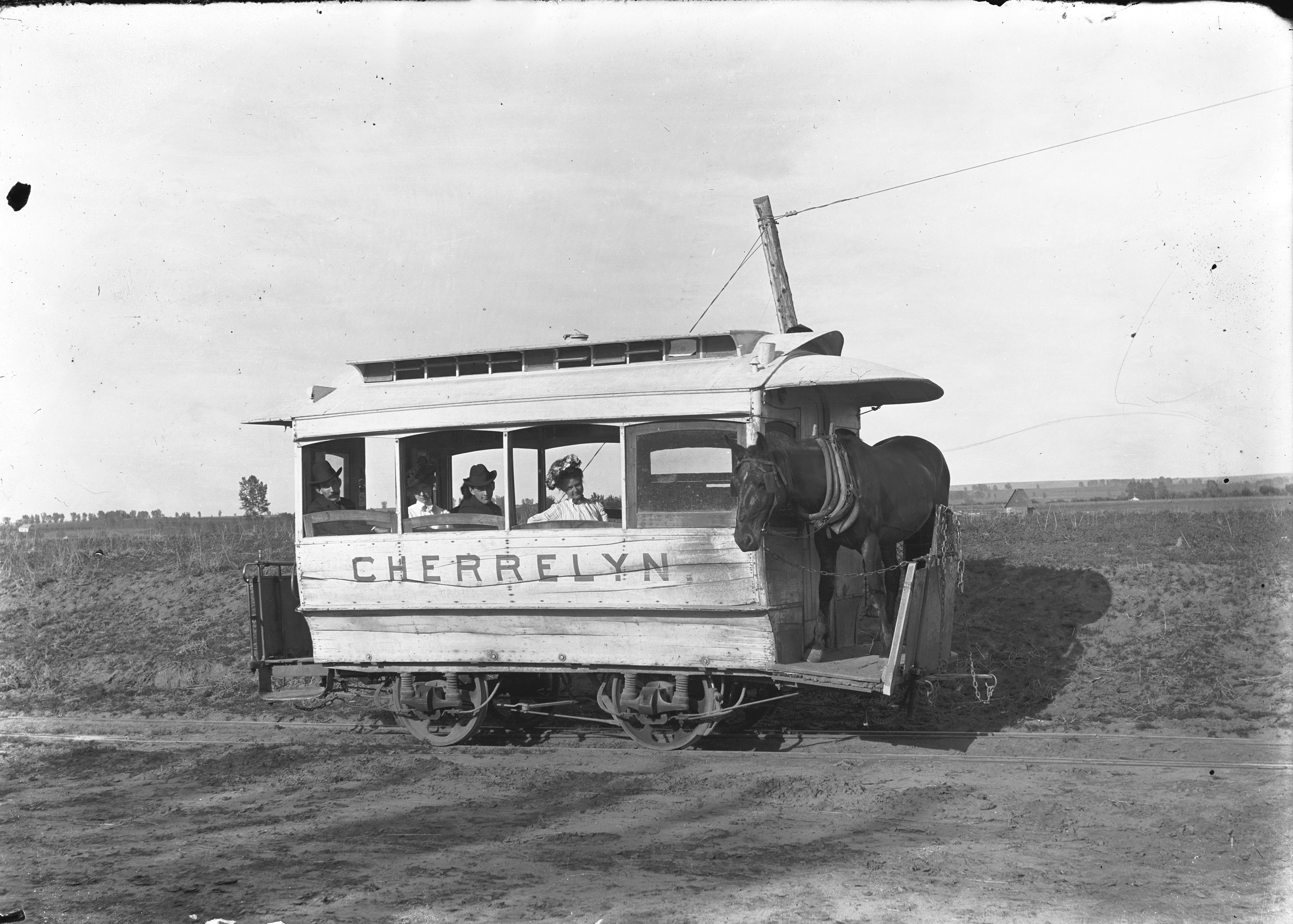
The only gravity-powered street car of the time, a horse would pull the cart up Broadway from Hampden to Quincy. Then the horse was unhitched and loaded onto a platform on the back. With a push, the car, horse and its passengers would all coast back down the hill. The car was hugely popular, until it was replaced by electric streetcars in the early 1900s and eventually the “Trackless Trolley,” powered by overhead cables in the early 1940s.
In these early days the South Broadway stretch outside of Denver, known as Orchard Place, had a seedy reputation known for “cheap liquor, vulgar language and fancy women.” By 1903, a movement had begun to clean up the community. It was incorporated on May 13, 1903. A police force helped to enforce laws and a city government was established to help make the area more desirable and organized. The new town was named Englewood, meaning “wooded nook.”
Early entertainment
One of the first businesses that drew people to the community was Fiske Gardens, a popular beer garden back in the Orchard Place days. In 1906 Fiske closed and was transformed into Tuileries Amusement Park.
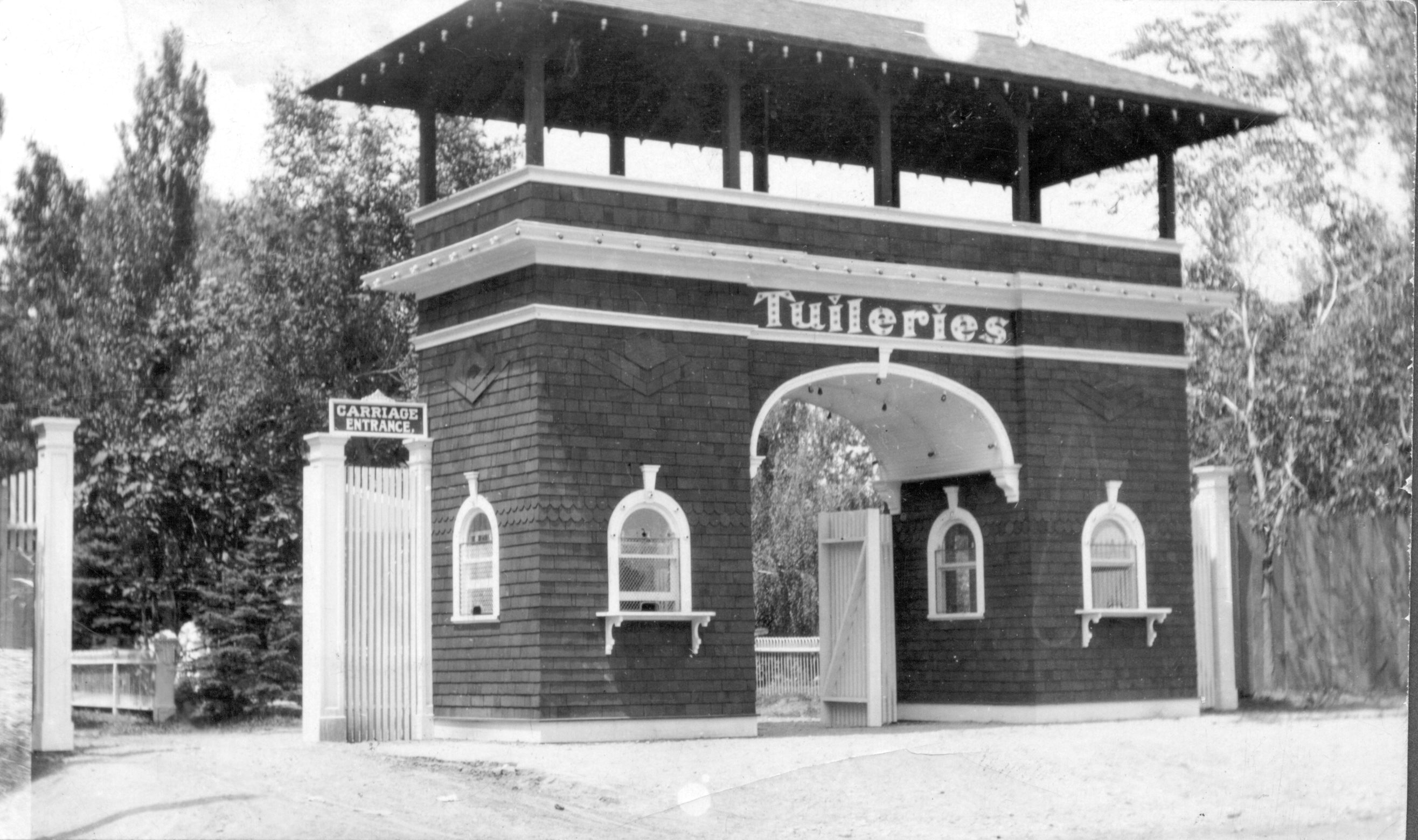
The park was renowned for its beauty and entertainment. It boasted apple orchards, a lake, a roller-rink, a Japanese Tea Garden, a ballpark, motorcycle tracks, a dance pavilion and a theater. It was extremely popular, yet closed in 1912.
A few years later, the National Film Company bought Tuileries and used the space to film and distribute movies. In 1923, they sold the property to another film company: Alexander Industries.
The company wanted to speed up delivery of their films, so they bought a bi-plane to help out. However, it didn’t work as well as they had hoped. So they built their own. The company ended up accidentally manufacturing one of the most successful airplanes of the time: the Eagle Rock bi-plane.
The building now houses the Englewood City Hall, Fire and Police Headquarters and Library.
The Englewood Theater opened in 1912 and was the first motion picture theater in the town. In 1929, the Gothic Theater was built. It was the first theater to show “talkies” in the Denver area and hosted traveling productions of dramas, slapstick comedies, musicals and Westerns. It has since been transformed into a popular concert hall.
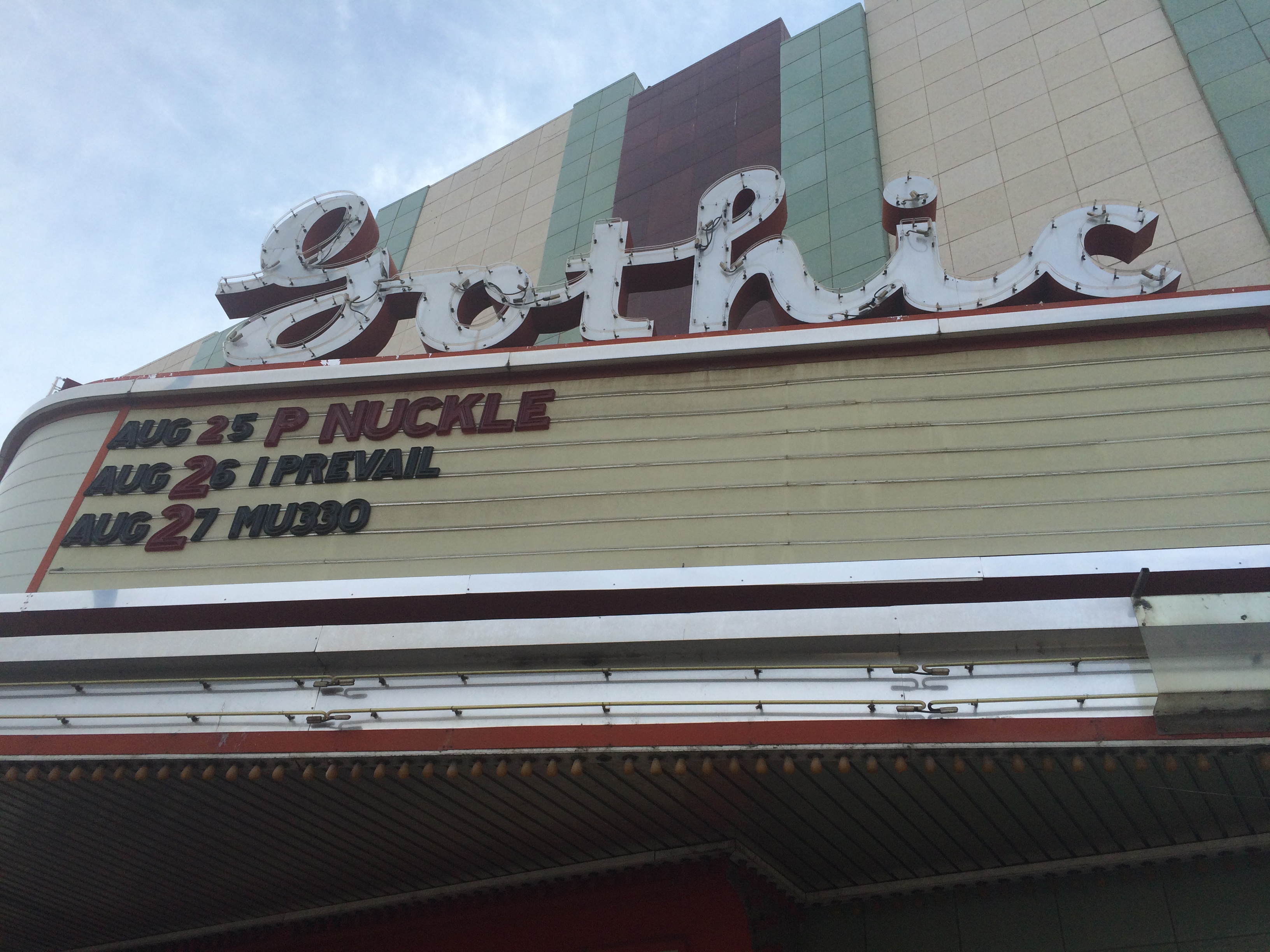
Cinderella City
In 1968, the largest shopping mall west of the Mississippi opened in Englewood.
Cinderella City was built on what had been the 1-acre City Park. A developer bought the plot of land for $1 million and constructed the mall over three years.
When it first opened, Cinderella City had 250 stores, 3 levels, a 600-seat theater and 1.3 million square feet of enclosed space. All centered around a spectacular fountain and handcrafted Italian carousel.
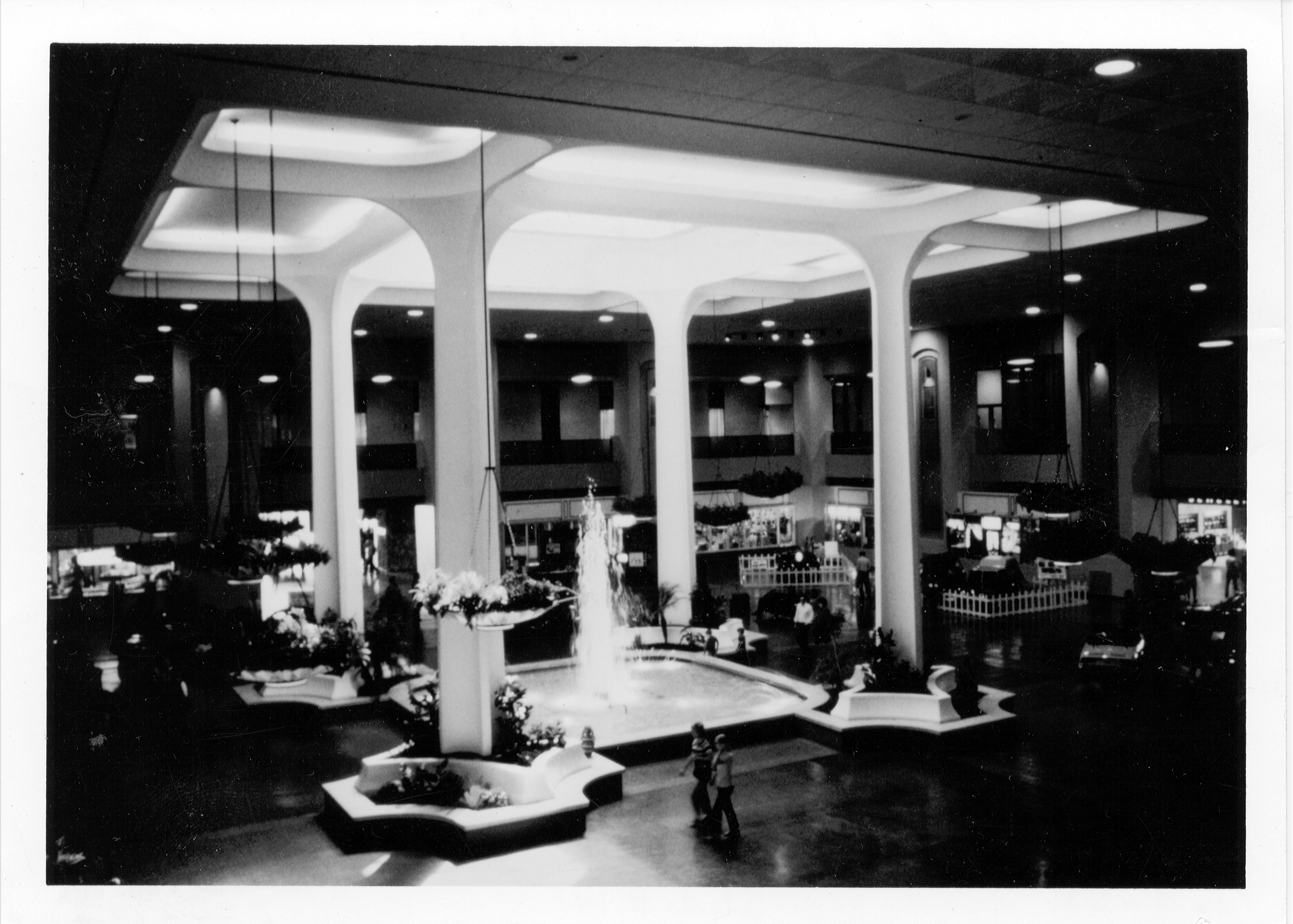
It was divided into four sections: Rose Mall, Gold Mall, Shamrock Mall and Cinder Alley, which was perhaps the most memorable. One of two basement corridors, Cinder Alley was designed to resemble a New York City street, complete with facades, streetlamps and night sky ceiling tiles.
The mall was nationally known for years, until it began to struggle during the area’s economic downturn in the 1990s. It officially closed in 1997.
A few years later, the site was completely redeveloped.
CityCenter Englewood, is one of the nation's first to replace suburban shopping with a walkable, mixed-use downtown area and stands as an example for other cities. It was built in 2000 to replace the Cinderella City mall.
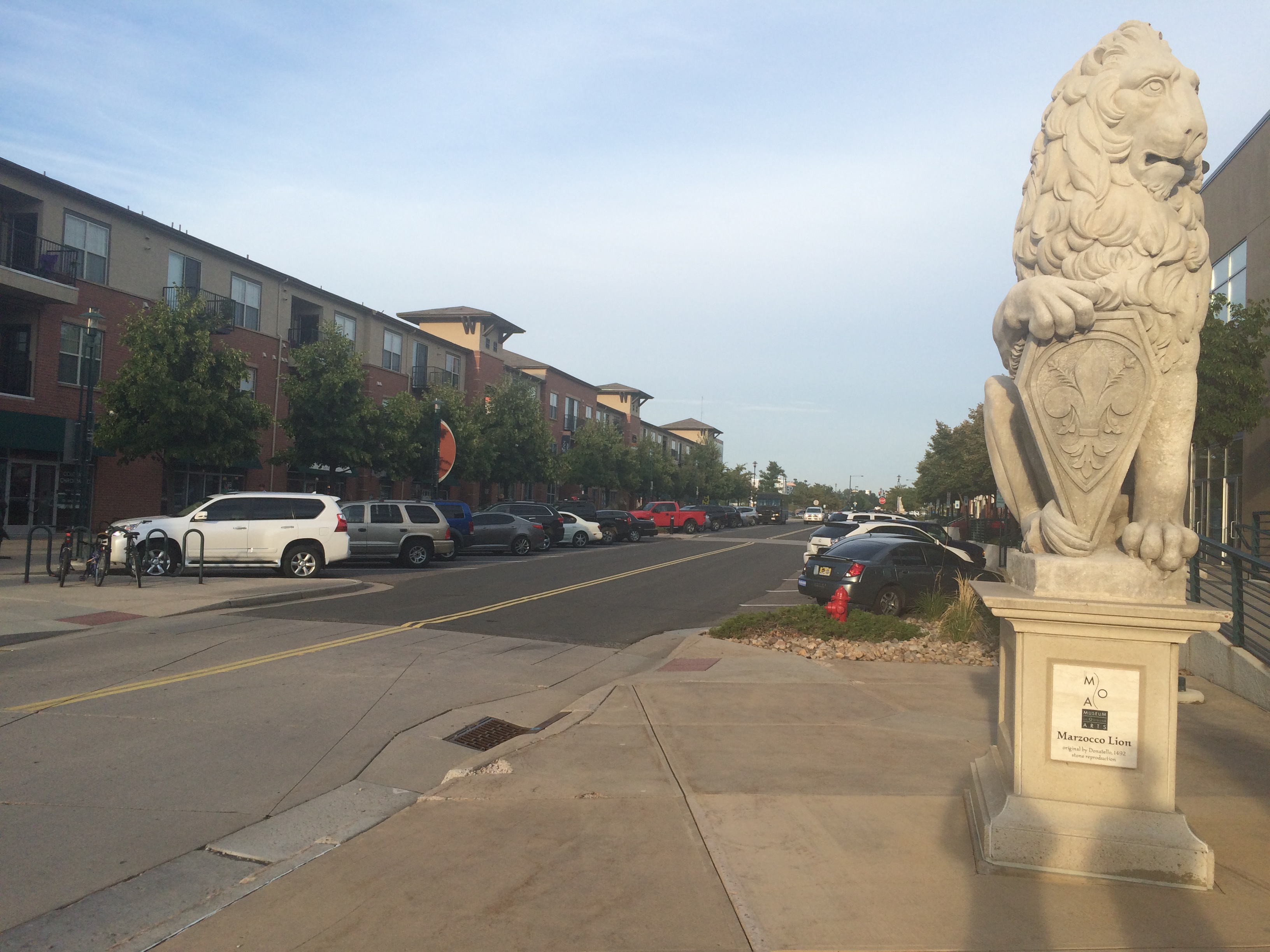
At the time, the idea of building mixed-use complexes that stacked apartments directly on top of retail and office space was pretty innovative. After Englewood's city planners made the leap, the idea quickly exploded in popularity, and to this day city officials from all over the country come to visit the area to get an idea of what successful walkable urbanism looks like.
CityCenter Englewood visitors will find cultural places like the Englewood Public Library, the Museum of Outdoor Arts and Hampden Hall within walking distance of restaurants like Fit Kitchen and Blondie's Firehouse Pub & Restaurant, as well as small businesses like Let It Bead and Digabit, Inc.
A hub of healthcare
Englewood has been known as an area with superior healthcare for over a century.
In 1906 a young doctor purchased five acres of land in Englewood. For about a year he had been treating Swedish immigrants with tuberculosis and had already founded the Swedish Consumptive Sanatorium to treat his patients.
At first, patients lived in tents on his new land, but by 1931 the Sanatorium had grown exponentially. In the mid-1950s the center opened its doors for general health care and became Swedish Hospital.
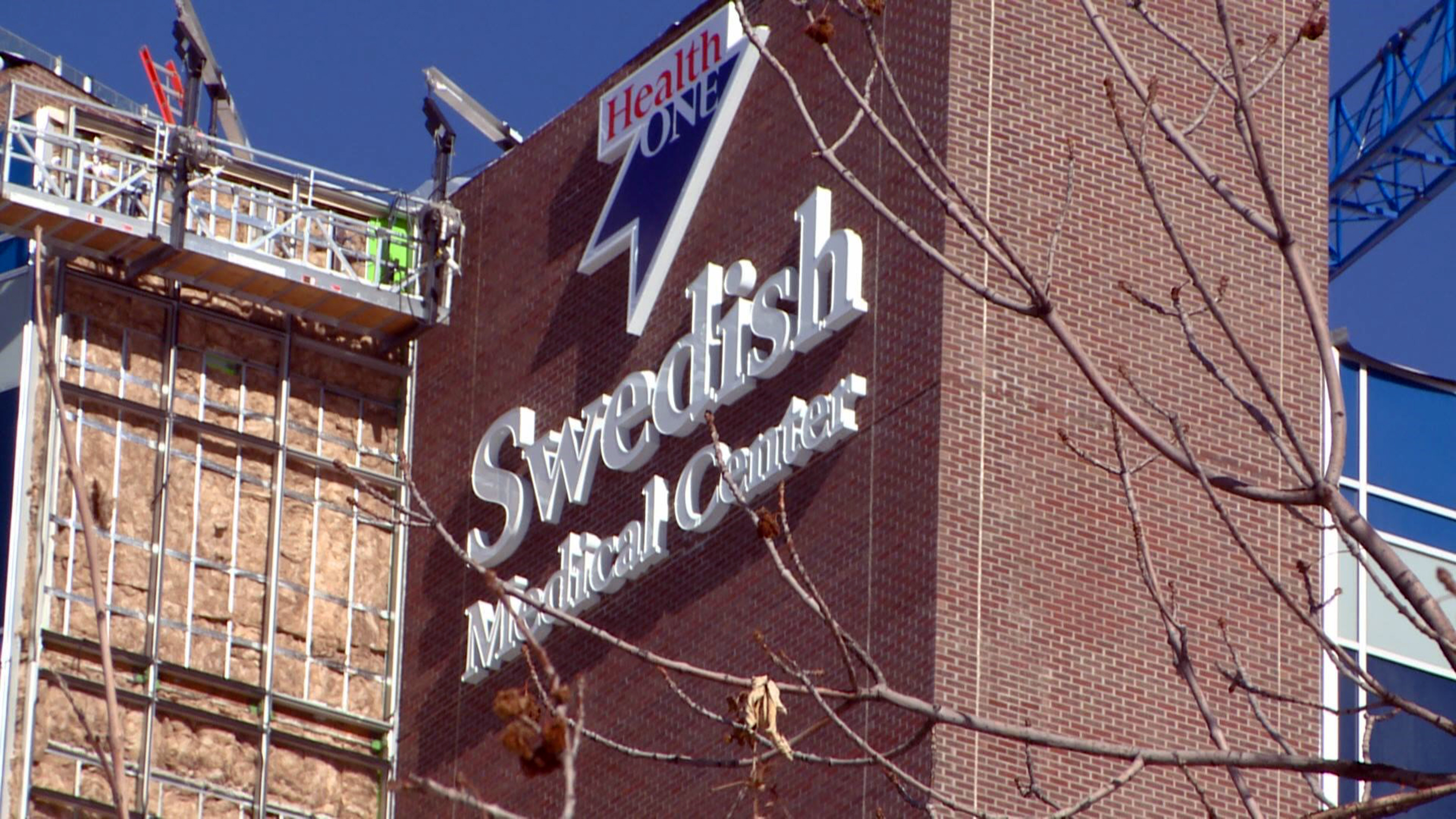
And the hospital continues to be a leader in the industry. It is nationally recognized for its neurotrama and stroke treatment and last May, Swedish Medical Center reported the sixth-largest profit on patient care revenues in the country.
The area’s other medical center, Craig Hospital moved to Englewood in 1970, however it also has longstanding roots.
The founder, Frank Craig came to Denver in 1905 to recover from tuberculosis. He established the Colony of Brotherly Love to help others suffering from the disease. The colony became Craig Rehabilitation Hospital in 1956.
Recently, Craig has been rated as one of the top 10 Rehabilitation hospitals in the United States.
Living and working in Englewood
The median home price in Englewood is $319,000, while the median rent for all-size properties is about $2,100, according to real estate website Trulia.com. Like much of metro Denver, Englewood is also grappling with home affordability, something the city seeks to address with developments like The Foundry, a 70-unit complex at 501 W. Bates Ave. that will include units serving households earning between 30 percent and 60 percent of the area median income.
There's no shortage of places to picnic or go for a walk in Englewood — the city has about 15 parks and greenbelts, as well as more than 20 miles of bike paths that connect to Denver's regional trail systems. Examples include the South Platte River Trail, the Mary Carter Greenway, Bear Creek Trail and Little Dry Creek Trail — all popular choices for cyclists, walkers and runners. The city also has one of the top-rated dog parks in the metro, the Canine Corral Dog Park, a half-acre fenced-in lot near Belleview Park.

Englewood also has no shortage of major, multi-billion corporations who set up shop there: The corporate office of IHS Inc. (NYSE: IHS), an international provider of market intelligence that conducts studies on things like how many connected devices there are in the world, as well as Gevo, a creator of renewable jet fuel used by companies like Alaska Airlines, as well as Liberty Media Corp., the massive, multi-billion distributor of TV entertainment.
Does the name Sports Authority ring a bell? The one-time sports retailing giants has been all over the news this year after it announced it was closing its stores and filing for bankruptcy. Believe it or not, its now-shuttered corporate headquarters are based in Englewood.
The parks, homes and businesses are among the reasons why earlier this month, New York-based financial services provider SmartAsset said Englewood is the second best place in the state to retire.


